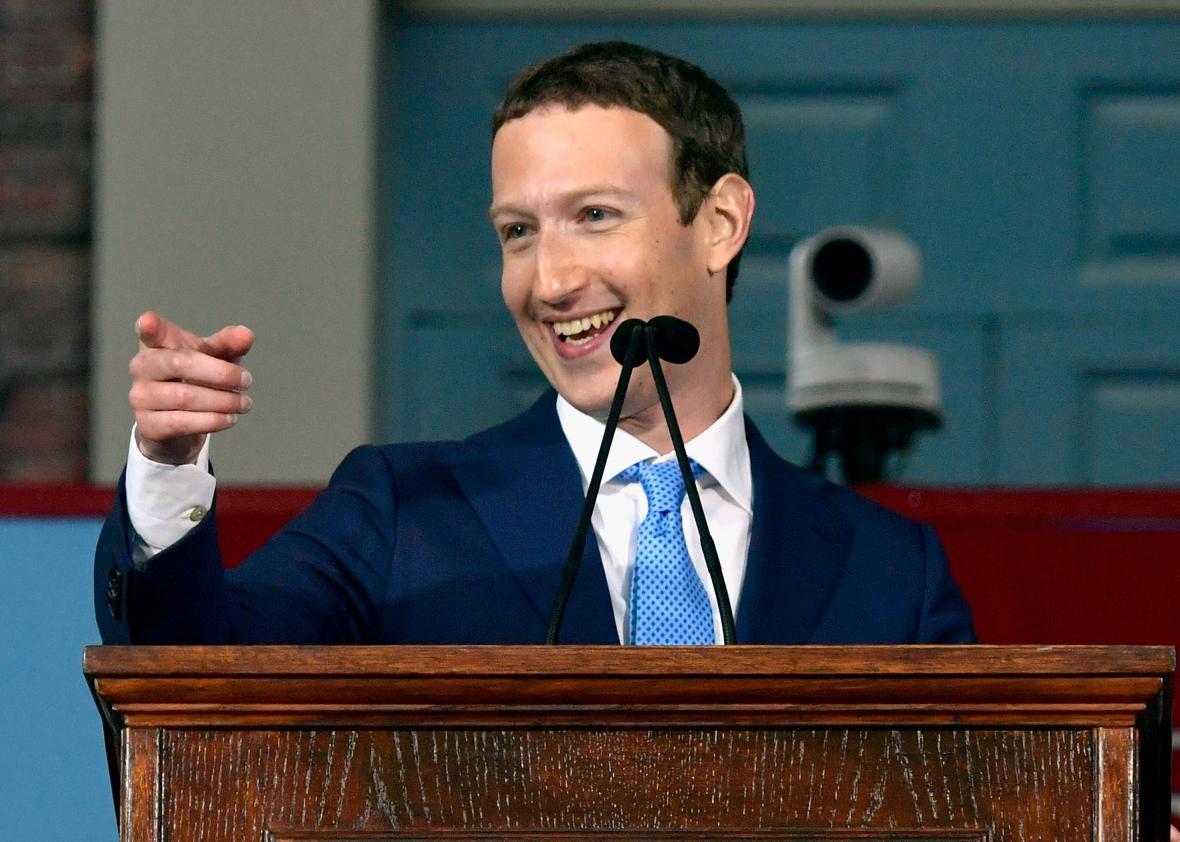Facebook is the largest social media network in the world, and in terms of online advertising revenue, it’s second only to Google, raking in more than $36.3 billion this year already. With that much money coming through the door, one would think Facebook would have accurate metrics about how its ads perform, and how many people they reach.
But that’s not the case. On Tuesday, Brian Wieser, a senior analyst in online advertising at Pivotal Research Group, called Facebook out for claiming to reach 41 million young adults between the ages of 18 to 24 in U.S., even though recent census data only counts 31 million people in the U.S. in that age range. And for people between the ages of 25 to 34, Facebook boasts that it reaches 60 million people in the U.S.—but again, those figures appear to be overblown. Last year’s census data, according to Wieser, shows only 45 million people in that age range living in the U.S.
The free internet runs on advertising. It’s one way websites like this one pay journalists. It’s how businesses get the word out about their products and services and how political campaigns and nonprofits reach constituents. So it goes to figure that Facebook and Google play a huge role in setting the prices for online ads. If Facebook prices ads lower than another venue that hosts ads, that firm may have a hard time competing because it can’t afford to take the cut. Likewise, when Facebook claims to reach more people than it actually does, the social media giant can ostensibly charge more for reaching a larger audience.
Facebook, for its part, chalked its 10 and 15 million-person discrepancy to measuring audience reach in ways that supersede census numbers, in that its ads “are designed to estimate how many people in a given area are eligible to see an ad a business might run,” Facebook said in a statement to Reuters. To be fair, millions of people flow into the U.S. as visitors each month. In March, the National Travel and Tourism Office counted 5.6 million nonresidents who have visited the U.S., but even those numbers, combined with counting users who may misstate their age on Facebook, don’t seem explain the massive gap between the people Facebook claims to reach and the amount of people who actually live in the U.S.
The problem here isn’t only about price-setting and market power; it’s also about trust. Ads online typically fall into two buckets: ones on the open web, where they can more easily be tracked, and ones within “walled gardens” like Facebook, where the owner of the platform has to be trusted to provide reliable metrics. Facebook falls into that second category, and that means that marketers have to be able to trust that the ads bought on Facebook are actually reaching the audiences they’re paying to reach.
Facebook no doubt knows this, which is why it launched a blog last year, Metrics FYI, to be more upfront about any errors or bugs it finds in its advertising system. That effort in transparency only came after the company got caught in a series of errors that overstated and understated the metrics publishers and advertisers rely on to clock the effectiveness of the dollars they spend with Facebook. In December, Facebook admitted it undercounted traffic from iPhones when measuring how many people read Instant Articles, news pieces that load directly within the platform. Facebook lets publishers sell their own ads against Instant Articles, but those ad sales depend on reliable metrics. The social media giant also admitted in a blog post shortly after the election that it exaggerated the amount of time users spend consuming news on Facebook, as well as the number of people businesses reached with unpaid, regular posts on their Facebook pages. The company also fessed up to overstating the amount of time users spend watching videos on Facebook. This May Facebook admitted to miscategorizing clicks on mobile devices, which led some marketers to overpay.
If Facebook and Google weren’t the only power players in the digital ad space, their blunders might not be that big of a deal. Competition keeps companies in check, since marketers could ostensibly take their ad dollars elsewhere. Competition also incentivizes ad companies to innovate and provide the best possible service for fear of losing business. But the digital ad market is extremely concentrated. Google, the global leader in ad revenue, made $79.4 billion in ads last year, according to the media firm Zenith; Facebook made $26.9 billion in 2016. And with so many people depending on both Google and Facebook to get information and connect with friends and family online, if a marketing campaign wants to be successful, there’s really no way to avoid the internet giants—even if they aren’t always easy to trust.
